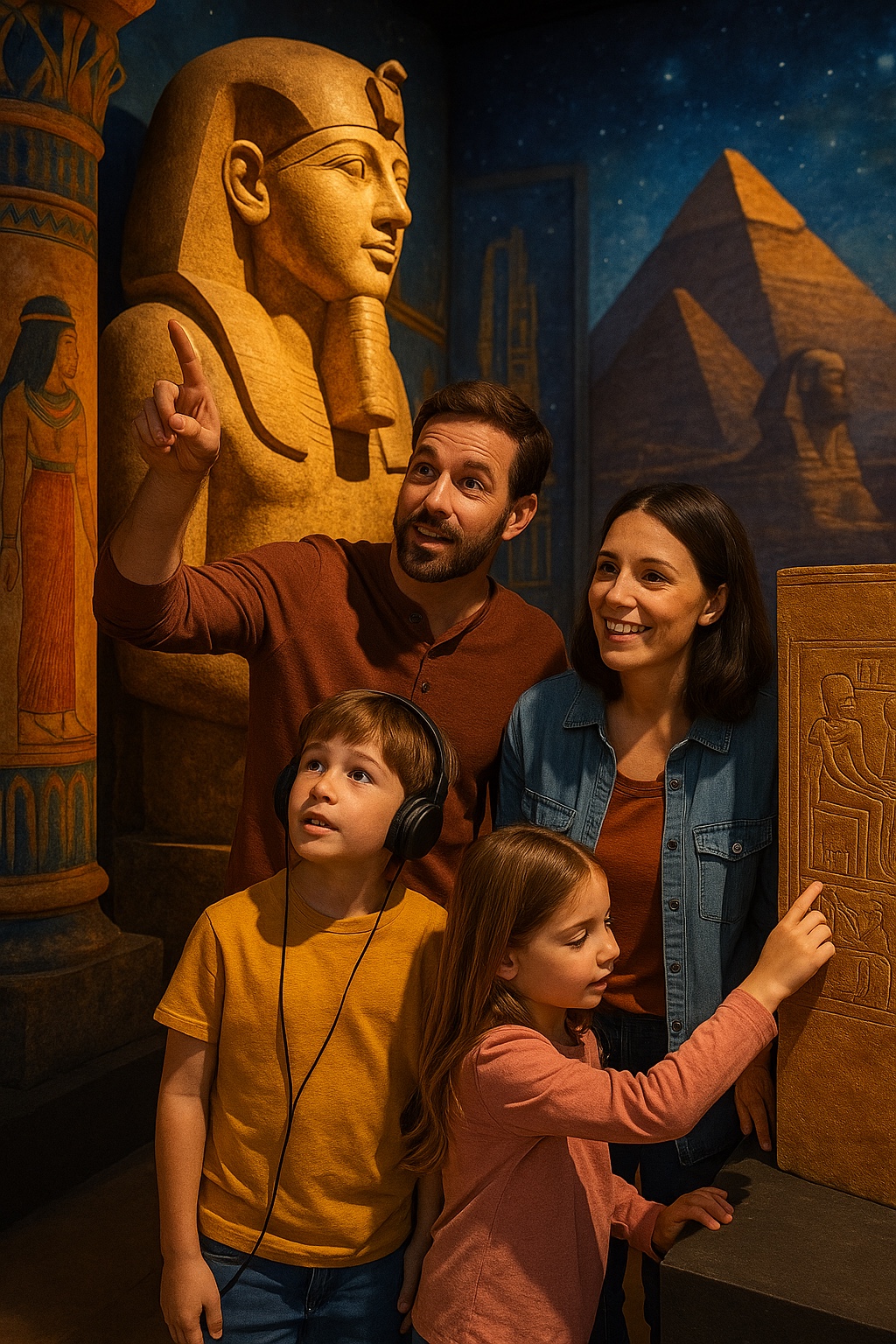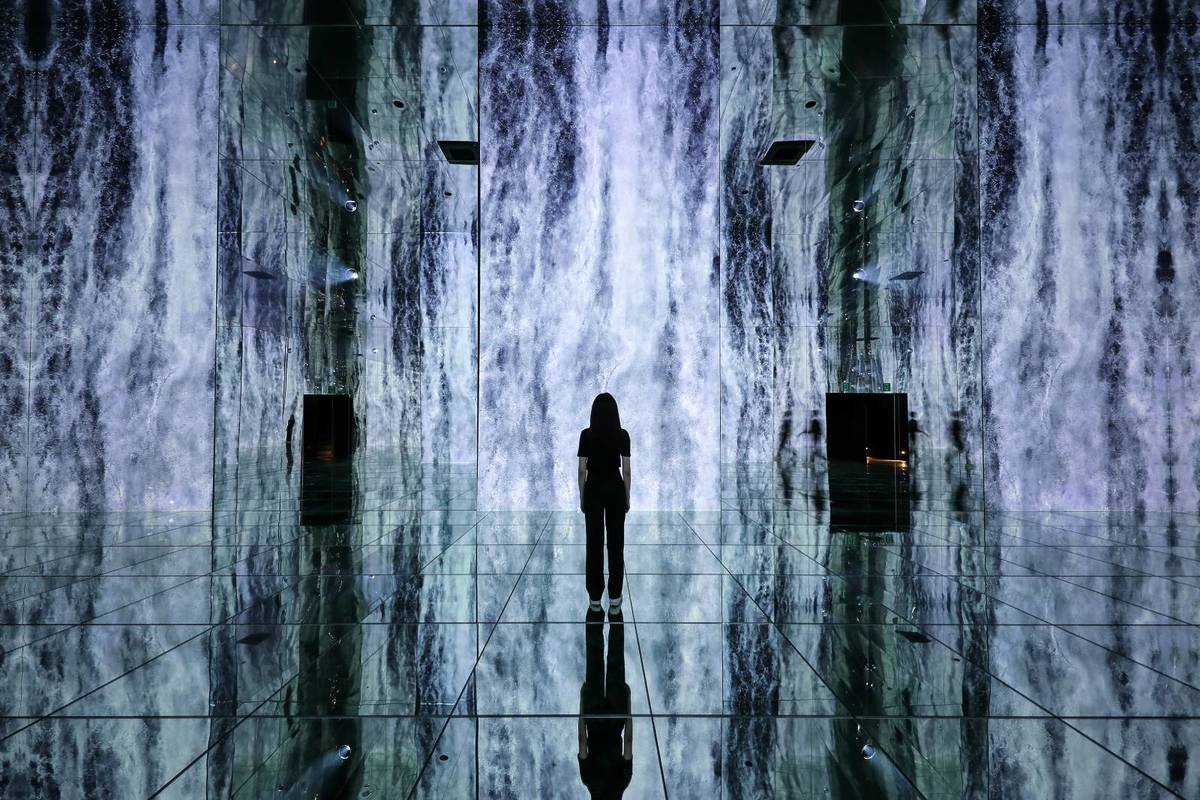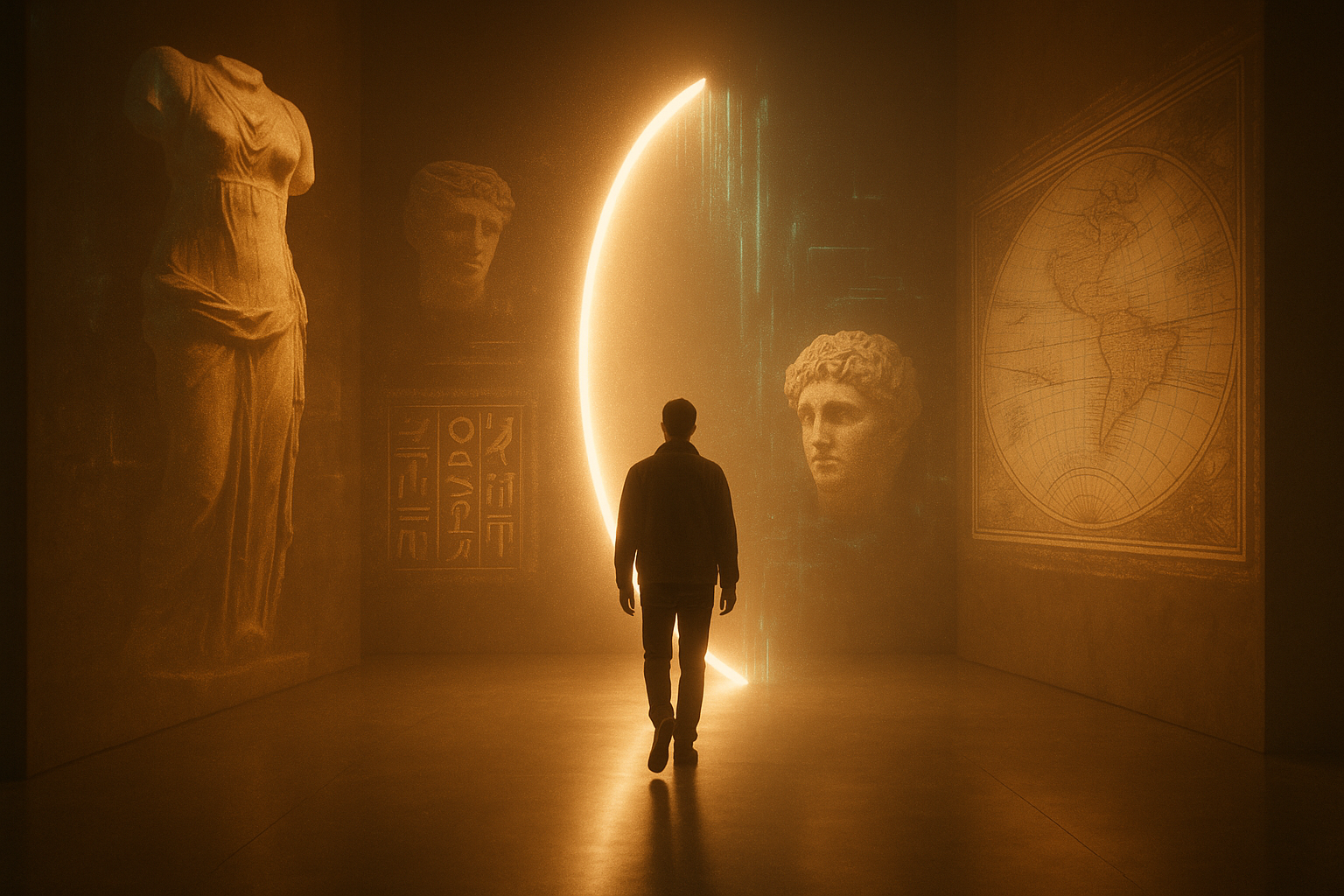Most immersive exhibitions are designed with adults in mind, clever interactivity, atmospheric soundscapes, and cinematic visuals. But here’s the truth: cultural immersion isn’t just for grown-ups. Families come together, and kids bring a spark that transforms the entire experience. At Original Narratives, we design with that in mind: creating moments so powerful they become core memories in a child’s formation.
So, what actually makes a 10-year-old stop, stare, and stay in a museum? Spoiler: it’s not just cartoon mascots or flashy lights. The real magic lies in gamification done right, interactive storytelling that engages children while still respecting their intelligence.
Why Gamification Matters, Especially for Families
For kids, interactivity isn’t a bonus, it’s the bridge to engagement. Studies show children absorb best through play, choice-making, and sensory involvement. But here’s the catch: shallow point systems and prize hunts wear off fast.
What families crave is layered interactions, activities that spark curiosity in children and provide depth for adults. Done right, these moments don’t just entertain. They teach, they challenge, and they create shared discoveries that families carry home as memories.
How to Do It Right: Deep Engagement, Not Distraction
Gamification doesn’t mean “making things simpler.” It means reframing complexity into curiosity-fueled play. Here’s how we build family-first immersive design:
Role-Based Quests & Challenges
Give children a role, a time traveler, a junior detective, a myth-hunter. Tie it directly into the exhibition’s storyline. Suddenly, they’re not visitors; they’re protagonists. Add portals or real objects to unlock, and you’ve got engagement that mirrors adult discovery without dumbing down the narrative.
Multi-Sensory Touchpoints
Sound, scent, texture, light, immersion comes alive when it speaks to every sense. Imagine a cannon’s roar reverberating through a gallery. Kids feel the thrill; parents feel the historical weight. This is how we design immersive storytelling that works for all ages.
Smart Narration, Not Simplification
Forget overstimulated panels. Think age-adaptable storytelling, audio guides with separate tracks for kids and adults, or smart displays that shift content depending on who interacts. Even mascots can talk to children without talking down to them.
Curiosity Over Candy
The goal isn’t just to keep kids busy. It’s to challenge them. To spark courage. To push them gently out of their comfort zone. A gamified puzzle isn’t just about solving history, it’s about teaching resilience, teamwork, and discovery. That’s education with heart.
Shared Discovery: The True Value of Family Immersion
When families explore together, immersion becomes more than learning. It becomes reconnection. Multi-generational storytelling through sound, sight and touch allows parents, kids, and even grandparents to share wonder in the same space.
And here’s the key: in immersive worlds, children aren’t passive. They’re co-narrators. When kids are given complexity, they rise to it. And in the process, they remind adults how to be curious again, too.
Over to You
When did interactive storytelling last spark curiosity for your child or even your inner child?
We’d love to hear your favorite immersive family memory. Share your story in the comments or come experience it firsthand at our next exhibition.
Because in immersive spaces, kids don’t just visit history. They play it, question it, and carry it forward.



